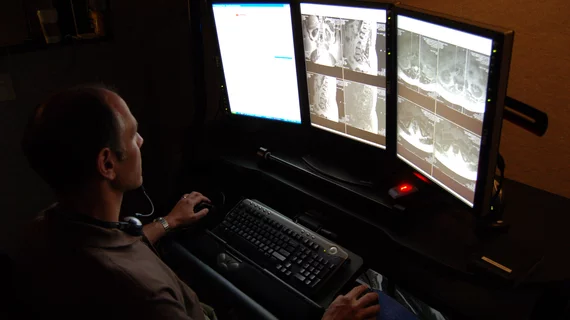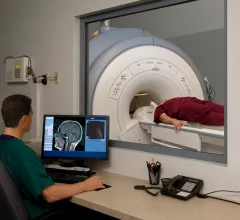PACS
Picture archiving and communication systems (PACS) have replaced conventional radiographic films as the digital image-viewing hub over the past two decades and now serve as the primary communication bridge between radiologists, radiologic technologists and referring providers. PACS enables all authorized clinicians to access medical images and reports quickly, easily and from virtually any location. Some health systems have integrated PACS into the electronic medical record (EMR). Others have moved to enterprise image systems to replace radiology PACS and allow all departments to now store images and reports in one location for easier health system-wide access.












